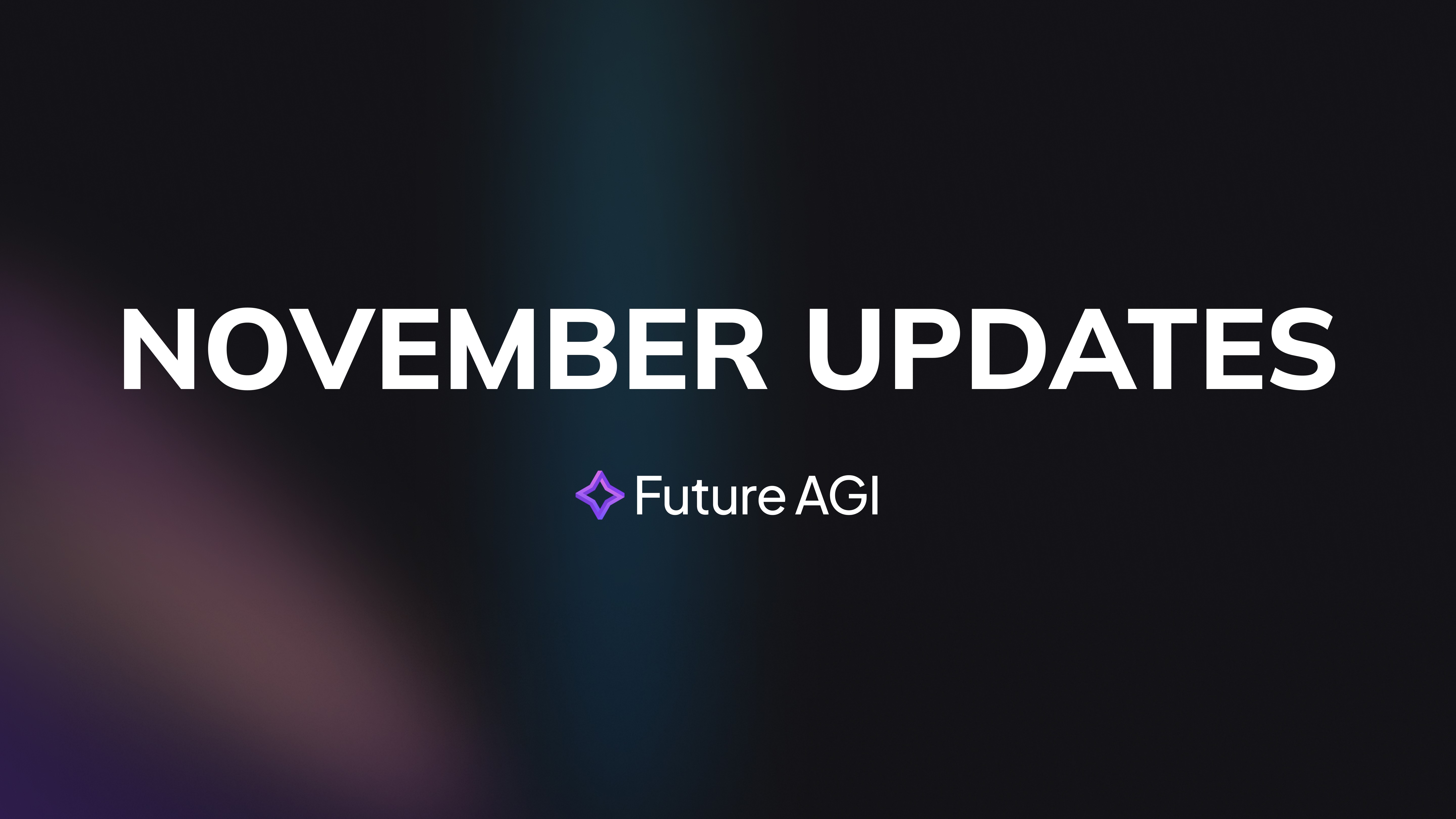Introduction
Large Language Models (LLMs) are powerful AI tools. They can handle many tasks, from answering questions to creating complex content. However, their performance depends on prompts. In fact, fine-tuning prompts involves designing clear input instructions. This maximizes the model's accuracy and efficiency. When prompts are strategically designed, Prompt-Based LLMs become highly efficient and adaptable. Fine-tuned prompts enhance accuracy, streamline operations, and meet the growing demands of various applications.
The Rise of Large Language Models
Currently, Prompt-Based LLMs lead AI innovation. They drive breakthroughs in many domains. They process and generate human-like text. Here’s how they transform key areas:
2.1 Creative Writing
LLMs excel in creating imaginative content. This includes stories, poetry, and marketing copy. For example, they understand tone, style, and intent in prompts. They create aligned outputs. Specifically, a few context lines help LLMs like ChatGPT expand themes or mimic styles. Consequently, optimizing prompts influences LLM optimization. This ensures creative and relevant results.
2.2 Code Generation
Similarly, precise prompts help LLMs generate code. This includes Python or JavaScript snippets. By specifying requirements, like input parameters or constraints, developers streamline workflows. They debug or scaffold projects with minimal input. Thus, this shows how Prompt-Based LLMs contribute to coding efficiency. Tailored prompts guide accurate, task-specific code generation.
2.3 Technical Documentation
Likewise, LLMs simplify creating manuals, API documentation, or guides. Through well-structured prompts, they interpret complex specifications. They translate them into clear text. This saves time for writers and engineers. In addition, optimized prompts ensure clarity and context. LLM optimization produces high-quality documentation. It aligns with standards and user expectations.
What Are Prompt-Based LLMs?
Essentially, Prompt-Based LLMs are a new approach. The input prompt is designed and optimized. This avoids retraining with data. As such, the model responds in real time. It reduces the need for large datasets, making Prompt-Based LLMs highly efficient and scalable.
Functionality
Notably, prompts are central to model comprehension. They guide output generation. In particular, the prompt’s structure, clarity, and context affect accuracy.
Zero-Shot Prompts
For instance, these provide minimal context. They rely on pre-trained knowledge. To illustrate, asking "Summarize AI developments" tests intent inference. Therefore, they suit general queries without domain-specific examples.
Few-Shot Prompts
On the other hand, these include a few examples. They guide the model’s output. For example, two or three bug reports with "Write a similar report" align format and tone. In this way, they suit domain-specific content. This includes legal templates or support scripts.
One-Shot Prompts
Similarly, these use one example. They provide clarity and set expectations. To clarify, a single API function example helps replicate structure. As a result, they balance efficiency and accuracy. They suit moderately complex tasks.
Benefits of Prompt-Based LLMs
Overall, Prompt-Based LLMs are flexible. They are resource-efficient compared to fine-tuned models.
Reduced Data Requirements: In essence, they avoid extensive datasets. They rely on strategic prompt design for specificity.
Adaptability: Moreover, one model handles multiple tasks. This includes summarizing documents or generating stories.
Resource Efficiency: Additionally, optimizing prompts saves time. It reduces computational resources. This speeds up deployment.
In summary, Prompt-Based LLMs shift AI usage. They enable high performance with less overhead. Hence, prompt engineering is critical for AI optimization.
The Role of Prompt Engineering
To elaborate, prompt engineering crafts input prompts. It guides LLMs to high-quality, relevant outputs. As such, it’s pivotal for developers, scientists, and researchers. Furthermore, dynamic prompting enhances precision. It adapts instructions based on context. For instance, in conversational AI, prompts adjust to user interactions. This ensures continuity and relevance. Learn more about dynamic prompts here.
5.1 Essentials
(a) Precision and Context-Specificity
To start with, well-crafted prompts articulate tasks clearly. They provide enough context. For example, "Summarize technical findings in this paper in10 words in under 100 words" ensures aligned output.
(b) Minimizing Ambiguity
Equally important, ambiguous prompts lead to irrelevant responses. Thus, explicit constraints improve reliability. These include timeframes, data formats, or tone requirements.
5.2 Methodology
(a) Iterative Testing
Specifically, testing prompt variations refines phrasing. For instance, A/B testing prompts like "List Python 3.10 features" vs. "What are Python 3.10’s main features?" shows detail levels.
(b) Output Relevance
In addition, assessing output quality and coherence identifies patterns. Engineers adjust prompts for consistent performance.
Fine-Tuning Prompts: Tools and Techniques
To continue, fine-tuning prompts customizes model behavior. It aligns instructions with domain requirements or tasks. As a result, this enhances output quality without retraining. Moreover, prompting techniques include hard and soft prompts. Specifically, hard prompts provide strict instructions. Soft prompts allow flexibility. In this regard, task needs determine the choice. Explore Hard vs Soft Prompts here.
6.1 Strategies for Optimization
(a) Use Structured Formats for Clarity
To clarify, structured prompts use layouts and instructions. For example, "Analyze this dataset. Return: 1) Trends, 2) Stats, 3) Actions." Consequently, they reduce errors. They set response expectations.
(b) Integrate Domain-Specific Terms
Additionally, technical or industry terms ensure alignment. For instance, financial terms like EBITDA or ROI clarify calculations. As such, this helps LLMs generate relevant outputs.
(c) Iterative Refinement
Furthermore, testing and adjusting prompts is key. To illustrate, "Generate a report summary" may be verbose. Refining to "Provide a 50-word executive summary" ensures focus.
Enhancing Language Model Performance
In essence, fine-tuned prompts enhance accuracy. They improve relevance and performance. For instance, few-shot learning enables complex tasks with minimal training.
7.1 Precision
Contextual Prompts to Remove Ambiguity
Notably, ambiguity causes inconsistent responses. Thus, a prompt like "Generate a SQL query for top 5 employees’ sales in 2023" ensures clarity.
In this way, constraints guide effectively. This minimizes errors. As a result, this ties to model fine-tuning. It refines instruction-following and accuracy.
7.2 Efficiency
Handling Complex Tasks with Minimal Examples
Specifically, few-shot learning uses few examples. It excels in summarization or sentiment analysis. For example, two reviews with labels guide classification.
Consequently, this reduces retraining needs. It enables quick adaptation. Moreover, it aids model fine-tuning. It helps adapt to task requirements.
Applications Across AI and ML
Overall, Prompt-Based LLMs arestick13 words are versatile. They suit AI-driven domains.
8.1 Code Generation
To begin with, LLMs automate programming tasks. For instance, "Write a Python script to merge CSVs" generates code fast. In addition, advanced prompts include libraries or formats. Thus, this shows model fine-tuning’s value. Developers refine prompts for better coding efficiency.
8.2 Customer Support
Similarly, fine-tuned prompts handle queries. For example, "If a customer asks about delays, apologize and provide tracking" ensures empathy. As a result, this improves satisfaction. Furthermore, model fine-tuning ensures context-specific responses.
8.3 Data Analysis
Likewise, LLMs summarize datasets. For instance, "Analyze sales data for top 3 trends" provides insights. In this regard, fine-tuned prompts enhance data interpretation.
8.4 Creative Writing
Moreover, models generate poetry or ads. To illustrate, "Create a 150-word ad for a sustainable brand" aligns with tone. Consequently, model fine-tuning ensures effective content.
Challenges in Fine-Tuning
While powerful, fine-tuning prompts has complexities:
Anticipating Interpretations: For instance, vague prompts like "Explain this dataset" may fail. Thus, iterative experimentation is needed.
Domain Constraints: Similarly, specialized fields need specific prompts. As such, crafting these requires knowledge and validation.
Excessive Specificity: On the other hand, detailed prompts limit adaptability. Therefore, balancing detail and flexibility is key.
Best Practices for Prompt Optimization
To optimize models, follow these principles:
Start Simple: Initially, begin with simple prompts. For example, "Summarize this article." Then evolve to focus on trends.
Leverage Few-Shot: Additionally, clear examples guide models. For instance, error logs with diagnostics aid troubleshooting.
Test Multiple Prompts: Furthermore, experiment with phrasing. For example, compare "List cloud computing advantages" with "Provide 3 cloud benefits."
Create Templates: Lastly, design templates with placeholders. To illustrate, "Analyze [dataset type] and summarize [insights]." In this way, this ensures consistency.
Summary
Prompt-Based LLMs are revolutionizing AI-driven tasks by reducing dependency on large datasets and enhancing real-time performance. Through effective prompt engineering and iterative refinement, organizations can harness their power for scalable, high-quality outputs across creative, technical, and analytical domains.
Discover the Technologies Shaping Tomorrow—Stay Ahead with FutureAGI
Unlock the future of AI innovation with FutureAGI your go-to resource for cutting-edge insights, expert analyses, and transformative technologies shaping the next era of artificial intelligence. Dive in now to stay ahead of the curve and be part of the revolution. Explore FutureAGI today and transform your understanding of what's possible!
FAQs












